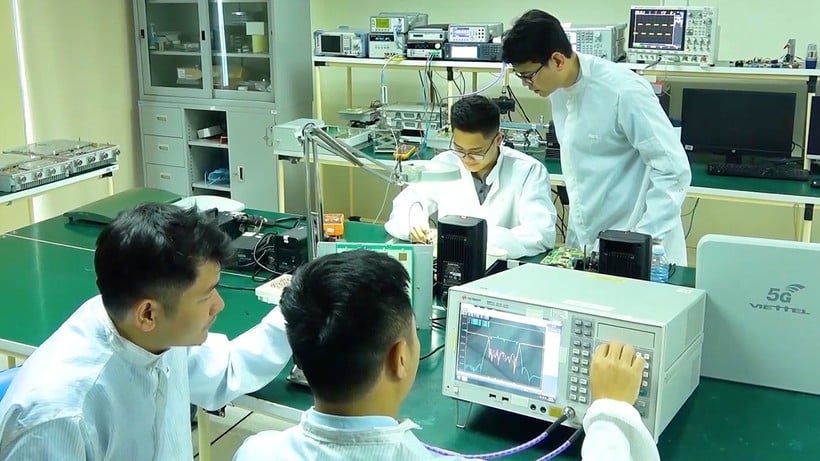
A shift in thinking and management
At the 9th session of the 15th National Assembly, the Law on Science, Technology and Innovation was passed. This is one of the important laws aimed at institutionalizing Resolution 57-NQ/TW of the Politburo , making science, technology and innovation the main driving force for rapid and sustainable national development.
A notable point is that for the first time, the content of innovation is placed on par with science and technology, demonstrating a fundamental change in development thinking. Innovation is identified as a key driving force to enhance national competitiveness, promote socio -economic development, ensure national defense and security and improve people's quality of life. Innovation is expected to contribute 3% to GDP growth, while science and technology only contribute 1%.
Another important highlight is that the law shifts the management focus from input control to result management and output efficiency evaluation; allowing organizations and individuals performing research tasks to own research results for commercialization, and to enjoy at least 30% of the income from commercialization. These regulations create motivation for innovation, the spirit of daring to think and dare to do in research, closely linking science and technology with socio-economic development.
The law has a separate provision on “taking risks in scientific, technological and innovative activities” and allows controlled testing of new technologies and business models, demonstrating strong innovative management thinking and eliminating unnecessary administrative barriers. This is a breakthrough in thinking to maximize intellectual resources, promoting the strong and breakthrough development of the national innovation ecosystem.
According to Professor, Dr. Tran Tuan Anh, Vice President of the Vietnam Academy of Science and Technology, innovation is not only a “choice” but also a “vital driving force” for technological autonomy, productivity growth and global competitiveness. Previously, laws and policies only focused on scientific research and technology development, which is the first stage of the innovation value chain.
To date, innovation has been included in the law, showing that the focus has shifted from pure research to research linked to practical applications, creating added value through a comprehensive innovation model, not only in technology but also in business models, production organization and governance.
In reality, science and technology management activities in our country in the past were mainly based on the "input" approach, management was more focused on processes and procedures than on the application of research results.
Dr. Nguyen Dai Lam, Permanent Deputy Head of the Faculty of In-service Education, Hanoi University of Business and Technology (HUBT), said: This leads to many research topics that are qualified for acceptance but are not commercialized, have low practical application, causing waste... This amended law has changed the approach in state management, shifting from input control to output efficiency assessment, encouraging research towards practice, accepting risks along with risk management mechanisms.
Dr. Lam expects that the legalization of innovation will create a solid legal basis for universities to access socialized capital, venture capital funds or place orders from businesses to boldly pursue research and application topics that are risky but have great potential. The legalization of innovation will also help increase the autonomy of universities in establishing spin-off businesses, with the expectation of developing a model of university startups and innovation, promising to build a cradle for startups, creating an open creative space for students and lecturers.
Institutions that create national advantage
It can be seen that innovation has become a parallel pillar, given appropriate priority in the national technology development strategy. However, according to experts, the biggest challenge today is to turn these policies into reality. To avoid the situation of legalization but difficult implementation, it is necessary to resolutely implement many synchronous solutions.
According to Dr. Tran Van Khai, Vice Chairman of the National Assembly’s Committee on Science, Technology and Environment, it is necessary to change management thinking at all levels. If the old mindset of “if you can’t manage it, then ban it” still exists, implementing breakthrough mechanisms such as exemption from liability when objective risks occur will be difficult to be effective.
In addition, inter-sectoral coordination and resource mobilization also require high determination. The law sets clear goals and incentives, and ministries, sectors and localities must promptly issue detailed instructions and allocate sufficient resources and human resources for the policy to be effective.
At the same time, the Government must urgently issue guiding documents with clear and feasible procedures, avoiding creating additional administrative barriers. The National Assembly and relevant agencies must strengthen supervision and urge the implementation of the law, resolutely remove financial and procedural obstacles so that the new mechanisms can come into life.
“With the synchronous participation of the entire political system and the spirit of innovation, we will turn the policies in the law into effective actions, in line with the Party's goal of turning institutions and laws into national competitive advantages,” Dr. Tran Van Khai expressed.
From another perspective, Professor, Dr. Tran Tuan Anh said that legalizing innovation is only the first step, or more accurately, this is a necessary condition, but not enough. Because we still have more or less old management thinking, and have not had time to change in sync with the innovation mindset.
To overcome previous bottlenecks, the law needs to be concretized soon through decrees, circulars, financial guidelines, administrative procedures, and synchronous enforcement sanctions. Priority should be given to developing clear, easy-to-understand, practical guiding decrees, especially on financial mechanisms, testing new policies, and reducing administrative procedures. At the same time, it is necessary to provide extensive and synchronous training for ministries, branches, and localities on the thinking and methods of managing the innovation ecosystem.
Source: https://nhandan.vn/tao-da-doi-moi-sang-tao-tu-khuon-kho-phap-ly-minh-bach-post894437.html
























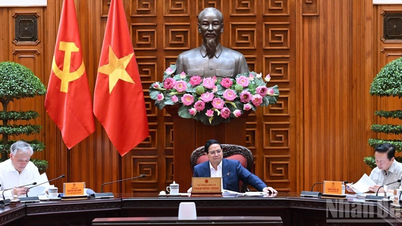






















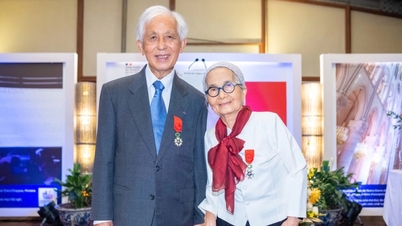





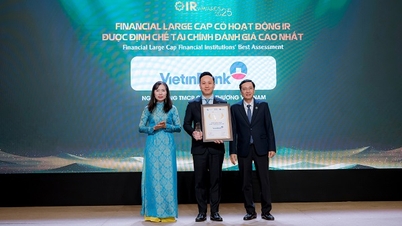

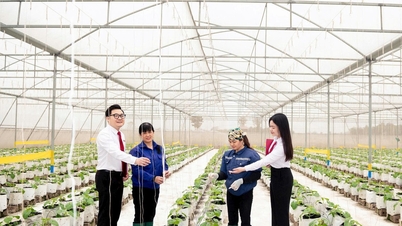










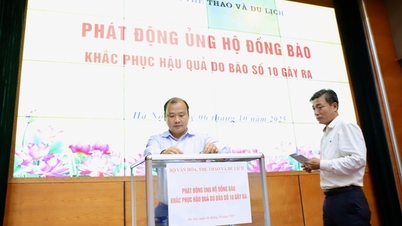



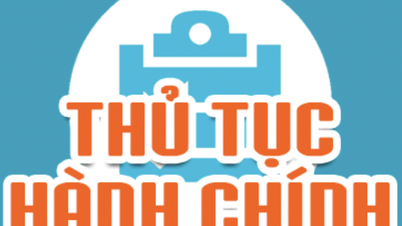










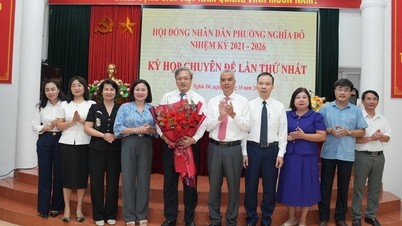


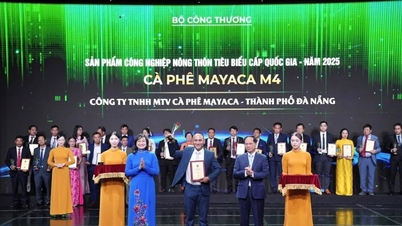



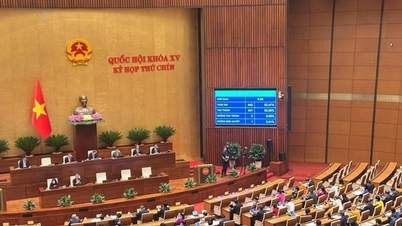









Comment (0)